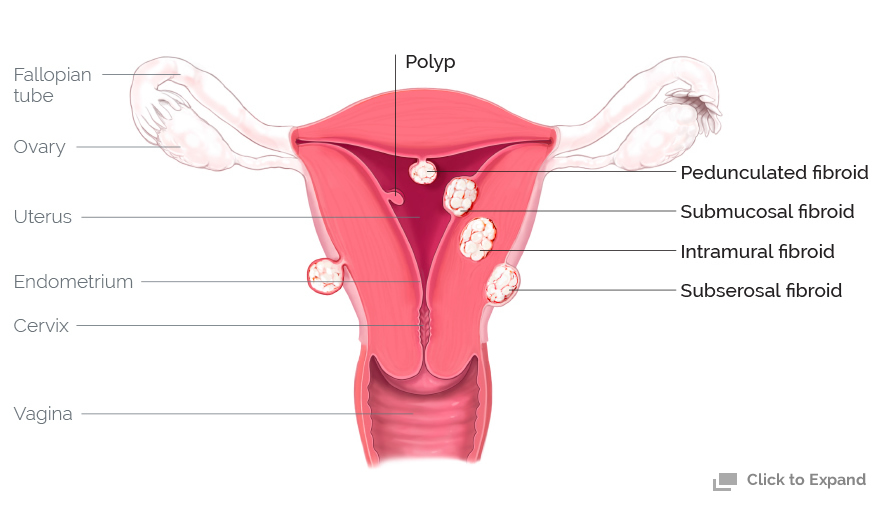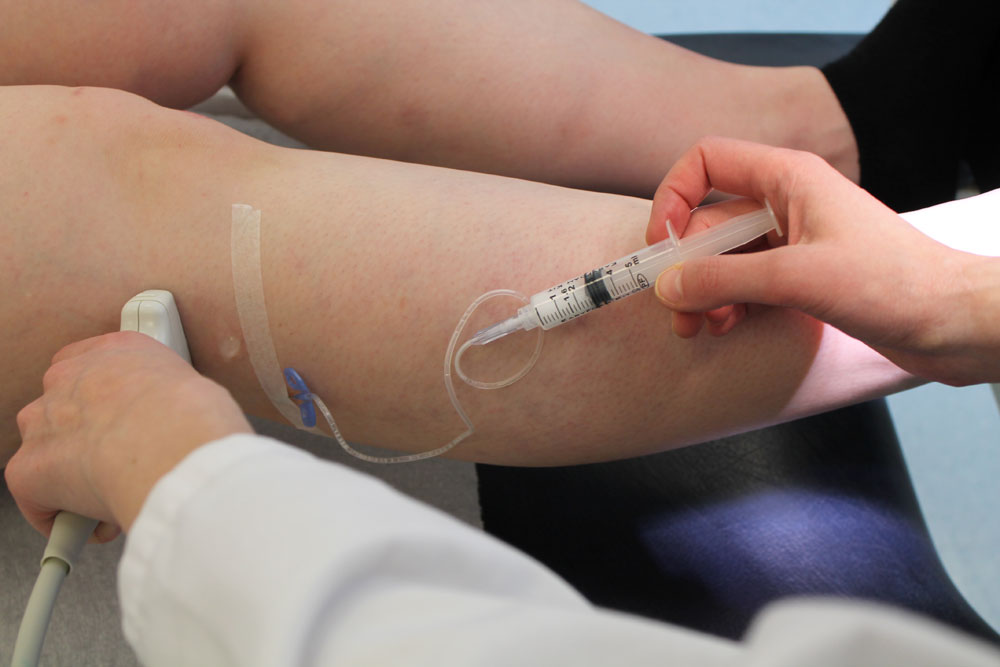Here’s everything you need to know…
Your uterus is one of the most important body parts when it comes to your reproductive health. If the uterus starts to have problems, your reproductive system as a whole may suffer.
Uterine polyps are small growths that attach to the inner wall of your uterus. They may spread into your uterine cavity, and though they will usually be non-cancerous, they can interfere with your reproductive health. There are some polyps that are known to turn cancerous, which is why it’s so important to get the polyps removed.
Uterine polyp removal isn’t as scary or difficult as you might think. Below, you will find out everything you need to know about the surgery and treatment for the polyps…
Uterine Polyp Removal Explained
First off, you’ll meet with your gynecologist, and you will explain the various symptoms that you have been having. These symptoms may include:
- Excessive bleeding during menstruation
- Irregular bleeding and unpredictable periods
- Bleeding between your menstrual periods
- Infertility
- Bleeding even after menopause
All of these things are symptoms your doctor will want to know about, so it’s important that you give them details.

READ MORE: Untold Female Reproductive Facts
Your doctor will usually run a few tests just to be certain that it is uterine polyps, including:
- Hysteroscopy — This involves a hysteroscope into your cervix (via the vagina), where they will examine the inside of your uterus to search for any polyps.
- Transvaginal ultrasound –– This involves a slim ultrasound device being inserted in your vagina, and sending out sound waves. This is used to create an image of your uterus, giving your doctor a clear picture of what’s going on inside.
- Curettage –– This involves a long metal instrument being inserted into the uterus, with a loop to scrape some of the polyp material. This material is then analyzed to determine if it is cancerous or not.
The good news is that most polyps are benign, so you won’t have to worry about cancer. However, it’s vital that you understand that the polyps will need to be removed for your health’s sake.
There are a few ways to go when considering uterine polyp removal:
- Medication –– There are medications that can help to shrink polyps and reduce the bleeding they cause. These medications are all hormone-based, and they are usually only a short-term solution. The symptoms will usually return once you get off the medication.
- Curettage –– Curettage isn’t only used to examine the polyps, but it can be used to help remove them. If the polyps aren’t too firmly attached the walls of your uterus, the loop of the metal instrument can be used to slice the polyps free.
- Surgery –– If all else fails, it’s time to consider surgical uterine polyp removal. If the doctor decides to perform a hysteroscopy, the tube inserted into the cervix can also be used to slice away the polyps. It’s a simple procedure, and it can be quite effective for removing polyps completely.
Once the polyps are removed, you will likely take medication for a few weeks–to prevent infection, to speed up healing, and to get your menstrual cycle back on schedule.
An important note: uterine polyps don’t usually recur once they are removed, but it has been known to happen. It’s important that you understand that the removal may not be the end of it, but you may need to undergo further treatment to deal with the polyps if they return. Of course, it goes without saying that cancerous polyps will also need further evaluation and treatment.








